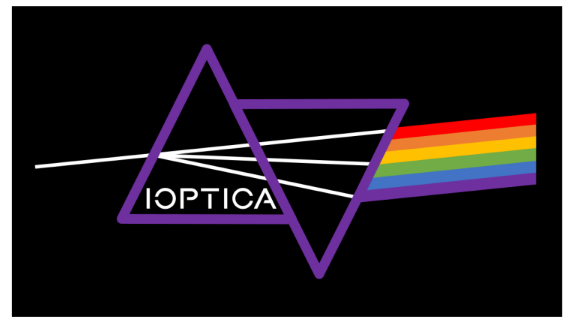Science Week Activities of the Institute of Optics
-
The XXIII edition of the Week of Science and Technology of the CSIC in Madrid will be held from November 6 to 19, 2023.
-
To register for the activities write to divulga.io@csic.es.
-
You can see the complete list of activities of the entire CSIC aquí.
Madrid / October 30, 2023
Latest news
Its main characteristic is that institutions and research centers open their doors for two weeks so that citizens can visit them and learn about the latest advances in science and the main lines of research that scientists are developing.

La visión humana: qué sabemos, qué no sabemos, y cómo esto limita los avances en inteligencia artificial
Next we will talk about visual perception, the scientific models that exist to explain perception, and the important limitations of all of them, which are often revealed when we observe visual illusions.
Finally, we will comment on how the incredible advances in artificial intelligence in recent years are based on using systems, called artificial neural networks, whose elements imitate the functioning of visual neurons but in a very simplified way: what we find is that Artificial intelligence systems suffer from serious problems, which do not affect humans, and which severely limit the effectiveness of these systems.

El láser: de la guerra de las galaxias a la microcirugía

Gymkhana ‘Descubriendo la luz’

Tecnologías ópticas en el descubrimiento del ADN. Rosalind Franklin y la Fotografía 51
Do you want to learn a little more about Microscopy, Optical Diffraction and the role of Rosalind Franklin?
The sublime usefulness of useless science. The Rosetta Stone of Life. XVI Colloquium Marie Sklodowsca Curie. Pedro Echenique (D International Physics Center) will present a particular case of “useless” science and the impact it can have on applied science.
Microscopy, diffraction, and the impact of Rosalind Franklin. Gabriel Cristóbal (IO-CSIC) will address the different synergies that have allowed the development of new forms of microscopy.

IO-CSIC Communication
cultura.io@io.cfmac.csic.es
Related news
A video on nanophotonics and a book on vision, ex aequo awards for the Emitted Photon 2024; in the Absorbed Photon also an ex aequo award for the IES Leonardo da Vinci and the Institut de l’Arboc.
Madrid / May 6, 2024The Daza de Valdés Institute of Optics of the Higher Council for Scientific Research (CSIC) has announced the winners of its...
Two colleagues from the Institute of Optics obtain two awards in the 1st edition of the CSIC Transfer and Entrepreneurship awards.
Madrid / April 24, 2024Eduardo Martínez Enríquez and Víctor Rodríguez López have obtained 2 awards in the first edition of the CSIC Transfer and...
Thursday, April 25, scientific coffee with Juan Pedro Adrados
Madrid / April 11, 2024The first scientific coffee this spring will be on April 25 with the talk "In vacuum through time (without black holes)"...





